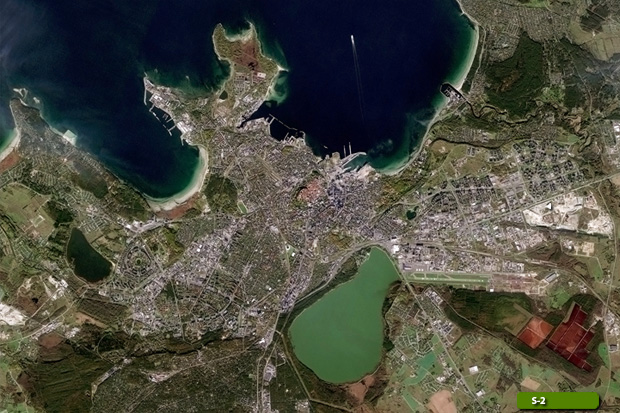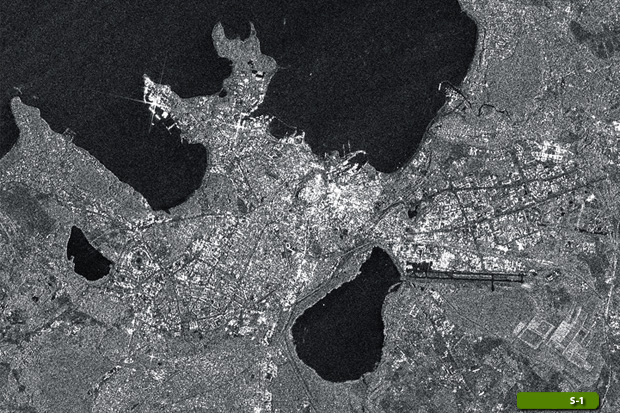|
Tallinn, Estonia
Tallinn is the capital and largest city of Estonia. It is situated on the northern coast of the country, on the shore of the Gulf of Finland, 80 km south of Helsinki, east of Stockholm and west of Saint Petersburg in Harju County. From the 13th century until 1918 (and briefly during the Nazi occupation of Estonia from 1941 to 1944), in languages other than Estonian the city was known as Reval. Tallinn occupies an area of 159.2 km2 and has a population of 447,414. Tallinn, first mentioned in 1219, received city rights in 1248, but the earliest human settlements date back 5,000 years. The initial claim over the land was laid by the Danes in 1219 after a successful raid of Lyndanisse led by Valdemar II of Denmark, followed by a period of alternating Scandinavian and German rule. Due to its strategic location, the city became a major trade hub, especially from the 14th to the 16th century, when it grew in importance as part of the Hanseatic League. Tallinn's Old Town is one of the best preserved medieval cities in Europe and is listed as a UNESCO World Heritage Site. Tallinn is the major political, financial, cultural and educational center of Estonia. Often dubbed the Silicon Valley of Europe, it has the highest number of startups per person in Europe and is a birthplace of many international companies, including Skype. The city is to house the headquarters of the European Union's IT agency. Providing to the global cybersecurity it is the home to the NATO Cyber Defence Centre of Excellence. It is ranked as a global city and has been listed among the top 10 digital cities in the world. According to the Global Financial Centres Index Tallinn is the most competitive financial hub in Northern Europe and ranks 42nd internationally. The city was a European Capital of Culture for 2011, along with Turku in Finland. More information is available on Wikipedia.

European Space Week is being held from 03-09 November at Tallinn in Estonia. This event will foster interactions between the space and digital community and will provide visibility to the rapidly changing space sector, its applications and the European Union's Space Programmes Copernicus and Galileo. The central aim is to bring together the most important space stakeholders, companies, partners and visionaries in Europe pushing the topic of space in Europe and beyond. Fostering a digital Europe and the movement of free data as outlined as one of the four priorities of Estonia's Presidency of the EU is key to future economic success in Europe. This perfectly links to the implementation of the EU Space Strategy and the myriad ways Europe's space programmes help to tackle global challenges down on Earth and benefit the citizens of Europe. The global entrepreneurs are envisioning many new opportunities in space but also on Earth. Please visit event's website for more information. Sentinel-2 and -1 image comparison shows Tallinn, using the optical and radar sensors carried aboard satellites. This image comparison shows the difference between optical and radar imagery.   View high resolution image by Sentinel-1 (JPG 4.3 MB) View high resolution image by Sentinel-2 (JPG 4.9 MB)
|
||||||||||||||||||

